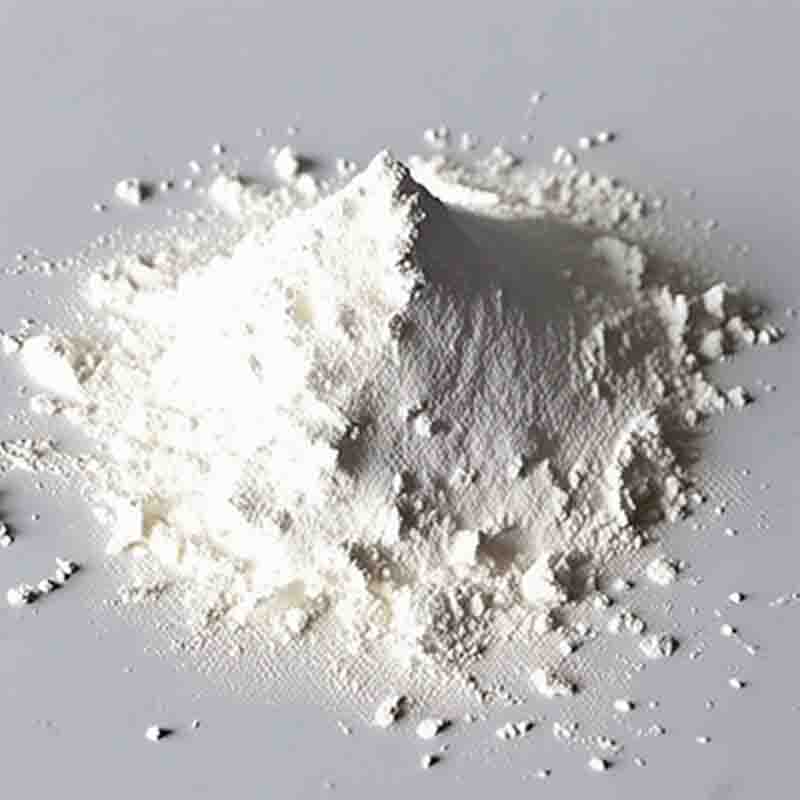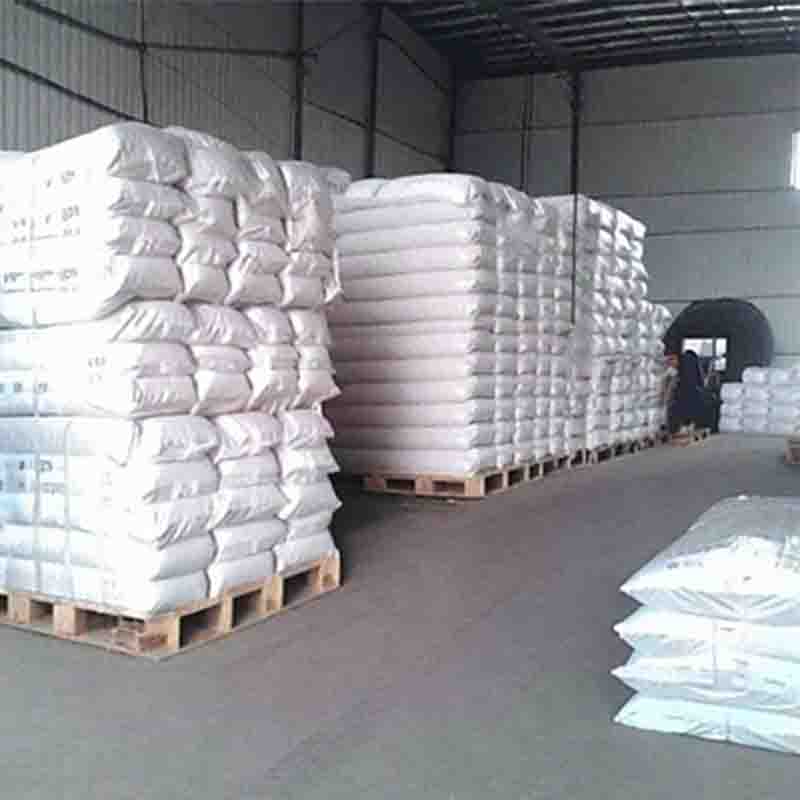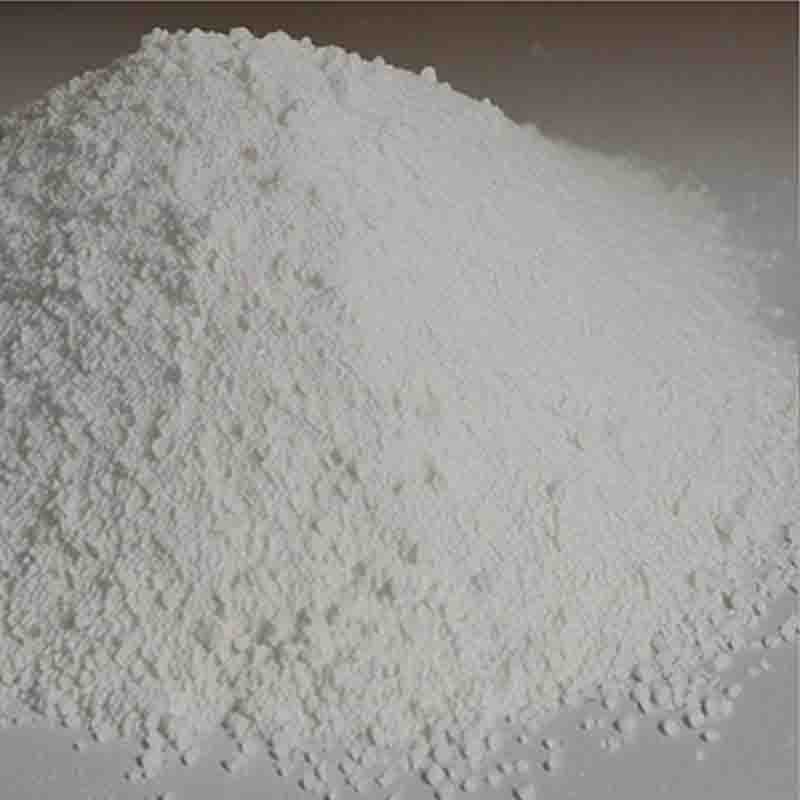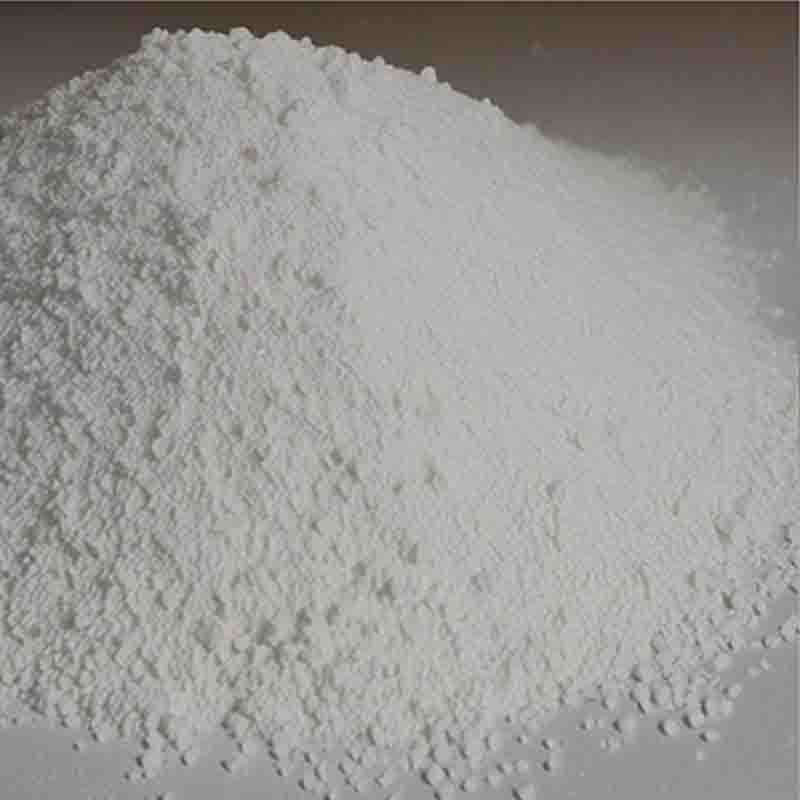4-Amino-3-chlorophenol CAS: 17609-80-2
| Catalog Number | XD93782 |
| Product Name | 4-Amino-3-chlorophenol |
| CAS | 17609-80-2 |
| Molecular Formula | C6H6ClNO |
| Molecular Weight | 143.57 |
| Storage Details | Ambient |
Product Specification
| Appearance | White powder |
| Assay | 99% min |
4-Chloro-7-methoxyquinoline-6-carboxylic acid methyl ester is a chemical compound with diverse potential applications in various fields. Its molecular structure consists of a quinoline ring with a carboxylic acid 4-Amino-3-chlorophenol is a chemical compound with a molecular structure consisting of a phenol ring substituted with an amino group and a chlorine atom. This compound possesses various potential applications in different fields due to its unique properties and reactivity.One of the main uses of 4-Amino-3-chlorophenol is as an intermediate in the synthesis of pharmaceuticals and agrochemicals. It serves as a building block for the production of several drugs, including antihypertensive agents, antibiotics, and antiviral medications. The amino and chlorine groups present in the compound provide a platform for further chemical modifications, allowing for the creation of diverse drug molecules with enhanced therapeutic properties.Another significant application of 4-Amino-3-chlorophenol is in the field of dye synthesis. It is used as a primary intermediate in the production of various dyes, particularly azo dyes. Azo dyes are widely employed in textile, leather, and paper industries for coloration purposes. The compound's chlorine and amino groups play a crucial role in the formation of azo linkages, which are responsible for the vibrant and durable colors imparted by these dyes.Furthermore, 4-Amino-3-chlorophenol finds utility in the manufacturing of hair dyes and colorants. It acts as a key ingredient in oxidative hair dye formulations, contributing to the permanent color change by reacting with hydrogen peroxide and other oxidation agents. The compound's chemical properties facilitate the formation of stable pigments that adhere to the hair shaft, resulting in long-lasting and vibrant hair color.Additionally, 4-Amino-3-chlorophenol has applications in the field of analytical chemistry. It can be used as a reagent or standard in various analytical techniques, including spectrophotometry and chromatography. Its characteristic absorption and emission properties enable accurate quantitative analysis and detection of other compounds in complex mixtures.Moreover, this compound has been investigated for its antimicrobial properties. Studies have shown that 4-Amino-3-chlorophenol exhibits inhibitory effects against certain bacteria and fungi. This antimicrobial activity opens up possibilities for its potential use in the development of disinfectants, preservatives, and antiseptic agents.It is worth mentioning that the specific applications and uses of 4-Amino-3-chlorophenol may vary depending on further research and development. Its versatile nature and reactivity make it a valuable compound for exploration and customization in various fields. However, careful consideration of its safety and toxicity profile is essential to ensure its efficient and responsible use in different applications.In conclusion, 4-Amino-3-chlorophenol has a range of potential applications, including pharmaceutical synthesis, dye production, hair colorants, analytical chemistry, and antimicrobial agents. Its unique molecular structure and chemical properties contribute to its versatility as a building block for the synthesis of diverse compounds. With further research and refinement, this compound holds promise for advancements in different industries., a methyl ester moiety, and a chlorine and methoxy group attached to different positions of the quinoline ring.One potential application of 4-Chloro-7-methoxyquinoline-6-carboxylic acid methyl ester is in the field of drug discovery and development. Quinoline derivatives have shown promise as therapeutic agents due to their diverse biological activities. For example, some quinoline derivatives exhibit antimicrobial activity against both Gram-negative and Gram-positive bacteria, making them potential candidates for the treatment of bacterial infections.In addition, quinolines have been explored for their antimalarial activity. The quinoline structure has been the basis for the development of antimalarial drugs such as chloroquine and primaquine. Therefore, 4-Chloro-7-methoxyquinoline-6-carboxylic acid methyl ester could be evaluated for its antimalarial potential, potentially contributing to the development of new and effective antimalarial agents.Furthermore, quinoline derivatives have demonstrated antitumor activity in some studies. They have been shown to inhibit the growth of cancer cells by interfering with various cellular pathways involved in cell proliferation and survival. Consequently, 4-Chloro-7-methoxyquinoline-6-carboxylic acid methyl ester could be explored as a potential anticancer agent, possibly leading to the development of novel chemotherapeutic drugs.Another possible application of this compound is in the field of materials science. Quinoline derivatives have been utilized as building blocks for the synthesis of organic light-emitting diodes (OLEDs) and other optoelectronic devices. Their unique molecular structure and electronic properties make them suitable for enhancing the efficiency and performance of these devices.Moreover, 4-Chloro-7-methoxyquinoline-6-carboxylic acid methyl ester has the potential for further chemical modifications and derivatization, allowing researchers to tailor its properties for specific applications. Structural modifications can involve altering the substituents or functional groups attached to the quinoline ring, thus fine-tuning its properties and optimizing its performance in different applications.It is crucial to note that further research and development are necessary to fully explore the potential applications and limitations of 4-Chloro-7-methoxyquinoline-6-carboxylic acid methyl ester. Detailed studies on its biological activities, pharmacokinetic properties, and toxicity profile are required to assess its utility as a therapeutic agent or in material science applications.In conclusion, 4-Chloro-7-methoxyquinoline-6-carboxylic acid methyl ester holds promise for various applications including drug discovery, antimalarial agents, anticancer agents, and materials science. Its versatile molecular structure and potential for modification make it a valuable compound for further exploration and development in different research areas. However, additional studies are essential to ascertain its full potential and viability in specific applications.





![(3S,4S)-3-[(R)-1-(tert-Butyldimethylsilyloxy)ethyl]-4-[(R)-1-carboxyethyl]-2-azetidinone CAS: 90776-58-2](https://cdn.globalso.com/xdbiochems/白色粉末2468.jpg)

![(1R,2S,5S)—6,6-DiMethyl-3-aza-bicylo[3.1.0]hexane-2-carboxylic acid Methyl ester hydrochloride CAS: 565456-77-1](https://cdn.globalso.com/xdbiochems/白色粉末1127.jpg)

